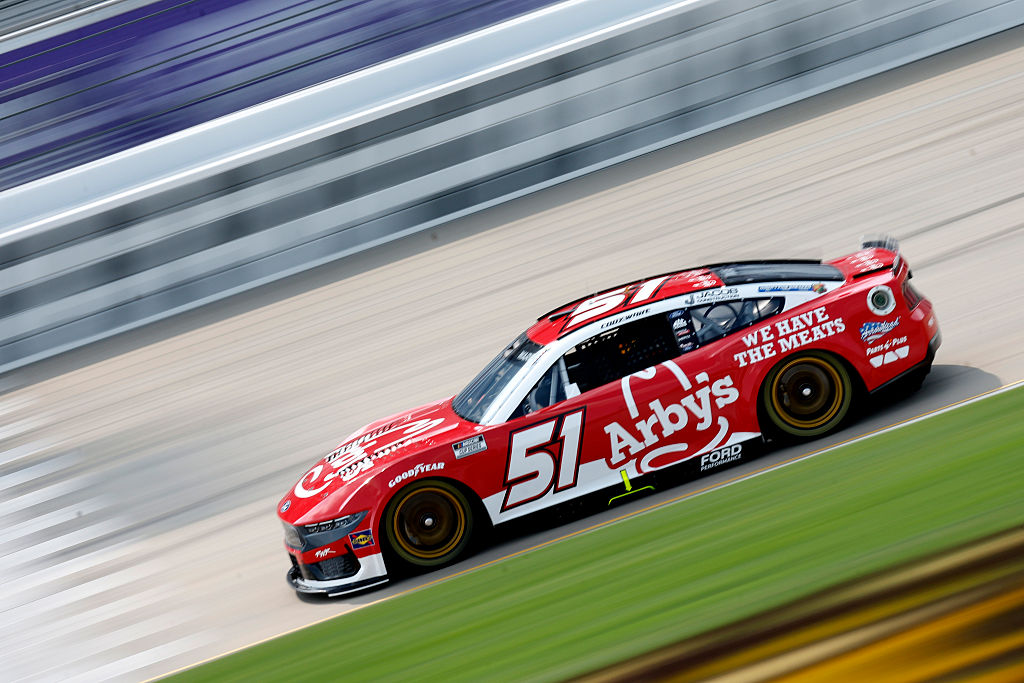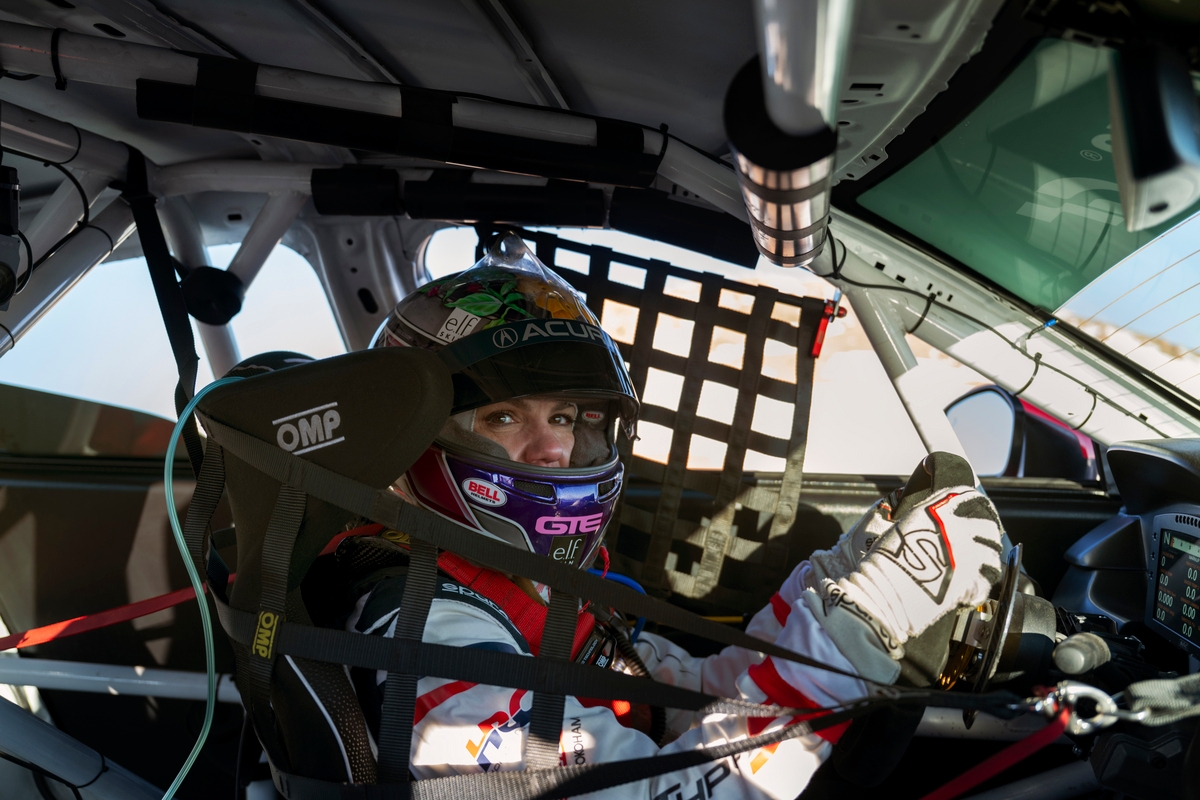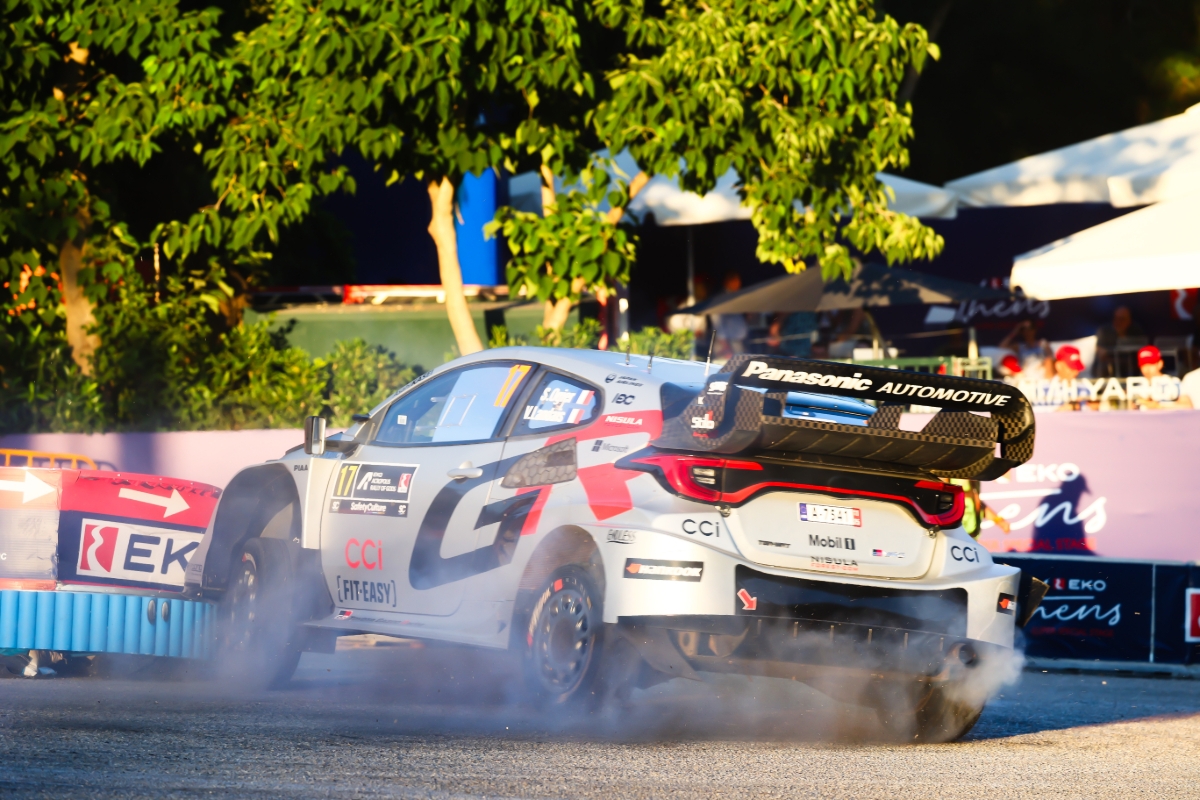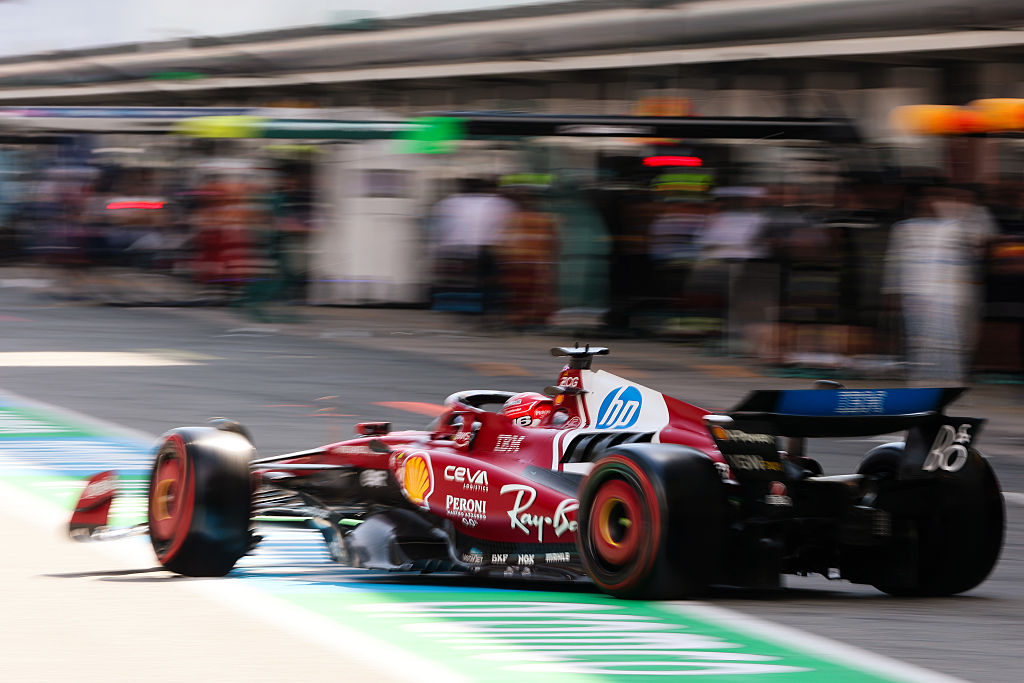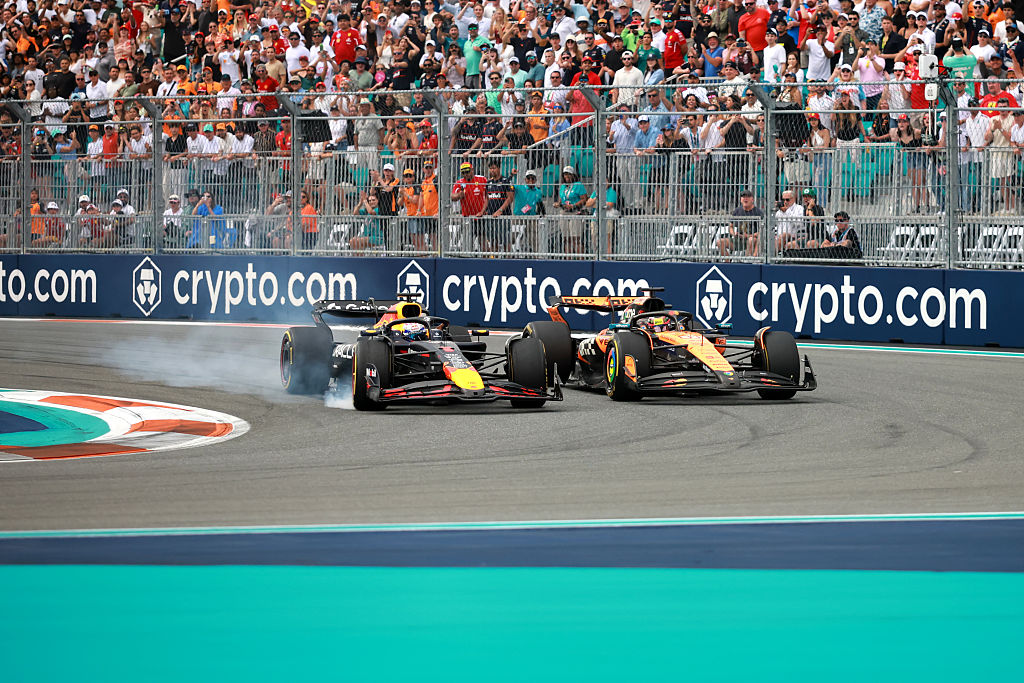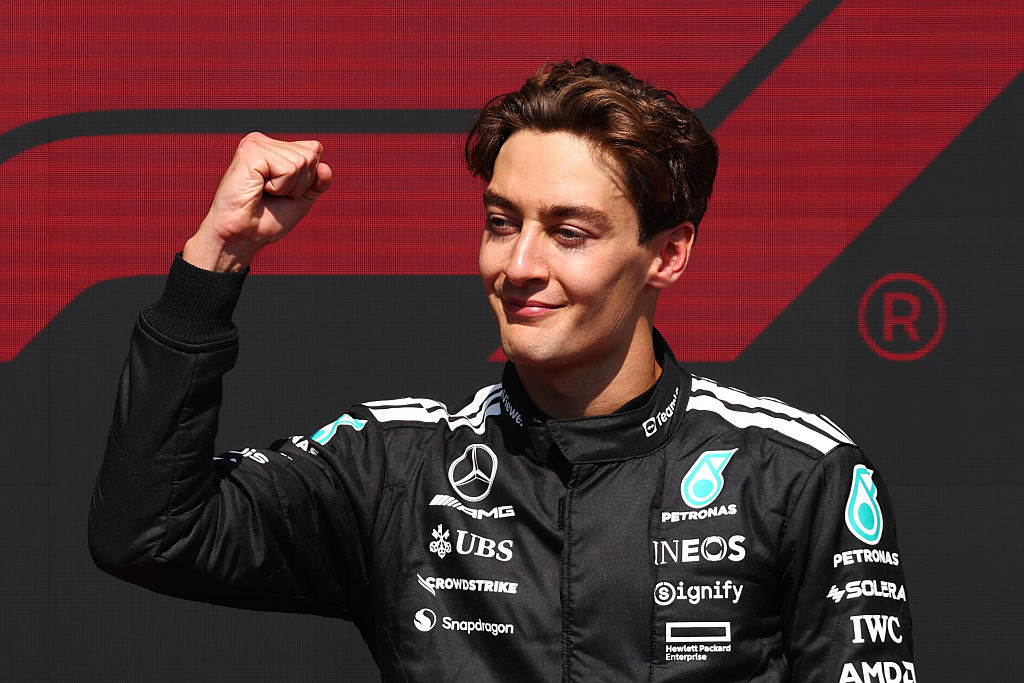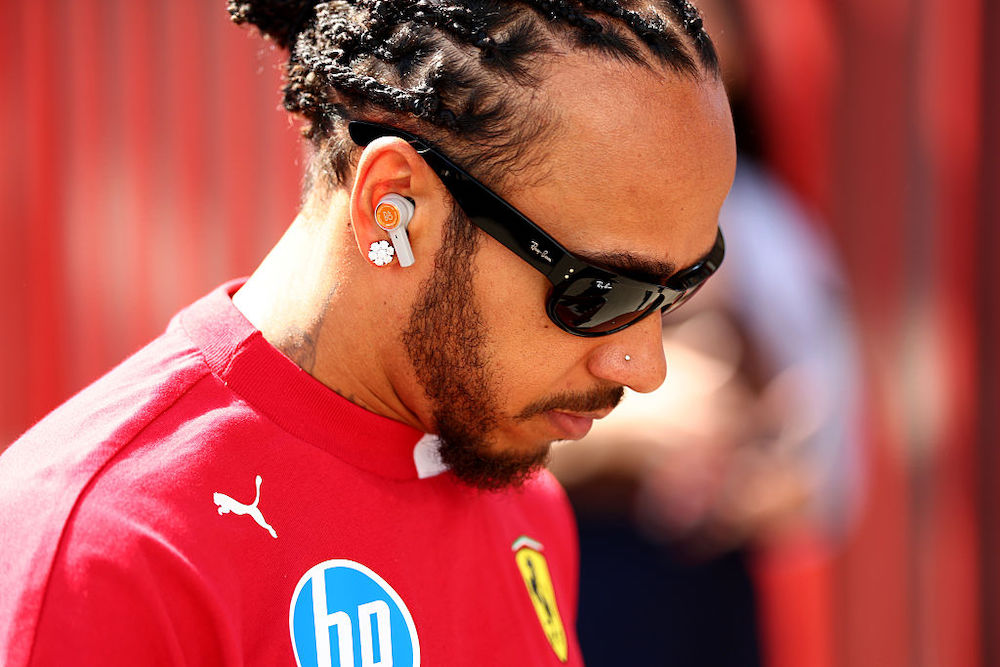
ShareThis is disabled until you accept Social Networking cookies.
Why there's more to Hamilton's struggles than just Ferrari
To describe Lewis Hamilton’s Ferrari dream as turning into a nightmare would be an exaggeration, but nine grands prix in, it is not going well. Increasingly, his famous victory in the China sprint on only his second race start in red is an anomalous standout in a painfully mundane season by the seven-times world champion’s standards. The contrast between the Hamilton who delightedly described the “revitalizing” effect of moving to Ferrari and the despondent one who has often spoken after races this year is stark. So what’s gone wrong?
The easy answer is to conclude that, at the age of 40, Hamilton is either past it or is too old to adapt to his new environment and the driving style demands of the Ferrari SF-25. Even Hamilton suggested that the saying "You can’t teach an old dog new tricks" might be on his mind when, after a difficult Miami Grand Prix weekend, he admitted that, “I might be just so stuck in it that it’s never going to change."
That explanation is reductive. When Hamilton referred to the possibility of being stuck, he was talking about the need to change his technique to get the best out of the car but struggling to do so. This is at the heart not only of Hamilton’s struggles at Ferrari where, on adjusted average, he’s been just under 0.2s slower than teammate Charles Leclerc in qualifying, but also throughout F1’s current ground effect rules era. His incompatibility with the generic driving style demands of this generation of grand prix cars, the capriciousness and lack of pace of the Ferrari specifically, and the challenge of adaptation have intertwined to create the worst run of his F1 career with no podium finishes in the last 11 grands prix.
Tackling the broadest problem first, Hamilton’s difficulties with these low and stiff ground effect cars have been evident since 2022. And they have gotten worse over time. As Mercedes trackside engineering director Andrew Shovlin, who worked with Hamilton at Mercedes from 2013-24, explained last year, “He’s struggled with this whole generation of car really not suiting his style.” And this is all about Hamilton’s default driving style.
“It’s particularly that he struggled on the single lap,” said Shovlin. “It’s just the way that he wants to attack a corner. When you do that, then the car would snap to oversteer. You start to build tire temperature. Most of our work has been trying to give him a car that you can drive with the very attacking style, extract the lap time out of it without it just sort of breaking away on the way in and catching him by surprise.”
The problem is today’s long, heavy, low-slung, stiff cars doesn’t respond well to that style and ultimately can’t be set up to do so. These cars are always prone to understeer into slower corners and oversteer in the fast stuff given the challenge of creating enough front-end aerodynamic load at low speed without creating too much of it at high speed. Add to that the stiff mechanical setups that minimize the roll of the car, and you have a car that’s fundamentally incompatible with what historically makes Hamilton so quick.
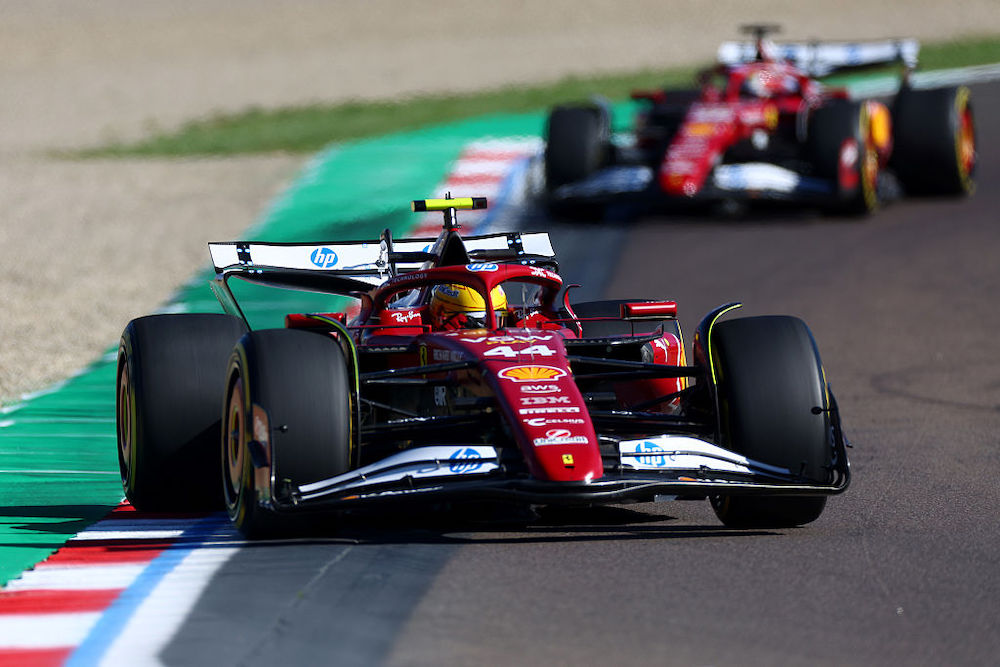
Driving styles are never set in stone or absolute, but in broad terms Hamilton favors an attacking, late-braking style in order to get the car rotated. In order to be that aggressive and force the car into the corner as Hamilton ideally likes to, a relatively stable rear end is needed – and that’s why Shovlin refers to the tendency to suffer from oversteer as the rear end breaks away. The stiff mechanical platform also gives him little roll to play with. By contrast, the drivers who have thrived with these cars tend to brake earlier and manipulate the limited movement of the car’s platform for turn in and then often achieve more of the rotation slightly later in the corner than Hamilton would ideally want to. Max Verstappen and Charles Leclerc were two of the quickest to adapt to this style when these cars came in, which was clear during the first test of 2022 at the Barcelona track, Hamilton less so.
That’s not to mean Hamilton has never been able to qualify well in these cars. It’s varied from track to track and car to car, although having been in a close battle with teammate George Russell on qualifying pace in 2022 and ’23, he was demolished in ’24. Time after time, Hamilton would suffer from those snaps on laps at the business end of qualifying as he inevitably defaulted to the style that has long worked so well for him. There were also plenty of occasions when he had strong race pace, it’s just that, even taking into account the fact Mercedes often struggled, he wasn’t consistently achieving the results you would expect of a driver of his ability.
The Ferrari move feeds into this because it’s difficult to escape the conclusion that Hamilton believed this was more of a Mercedes-specific problem than a challenge of these cars more generally. He complained about feedback not being taken on board, pointed to problems such as the advanced cockpit position of ’22 and ’23 (necessary to achieve the zero-sidepod geometry that was ultimately dropped), which he credited for the rear instability problems, specifically the reduced feel, that also made life difficult for him at times. He never said it explicitly, but an obvious inference is that Hamilton felt a move to another team would eradicate these Mercedes-specific problems and allow him to be back to his best.
Instead, there has been a process of realization that he really must modify his driving style to get the best of the car. On top of that, the Ferrari also brings a whole load of other problems specific to it that are compounding the problem. While the Ferrari looked good on track from the start of testing, there were also visible hints of a capriciousness – a moment of oversteer here, some understeer there – that meant it wasn’t an easy car to drive in itself. Leclerc also found that, referring to what he called “extreme” setup directions that he’d experimented with to get the car to where it was at its best.
With Ferrari unable to run the car as low as it would like thanks to a rear suspension weakness, something that is expected to be tackled with changes due to be introduced mid-season, the compromises made life difficult for Hamilton. To get the car to its best laptime, it was necessary to dial in some instability at turn-in to fast corners in order to mitigate the mid-corner understeer problems as the aerodynamic center of pressure migrated. What’s more, in the low-speed corners that also meant more understeer, compounding Hamilton’s problems. The recent technical directive reducing front-wing flexibility hasn’t helped Hamilton either, making the high-speed balance problems a little worse.
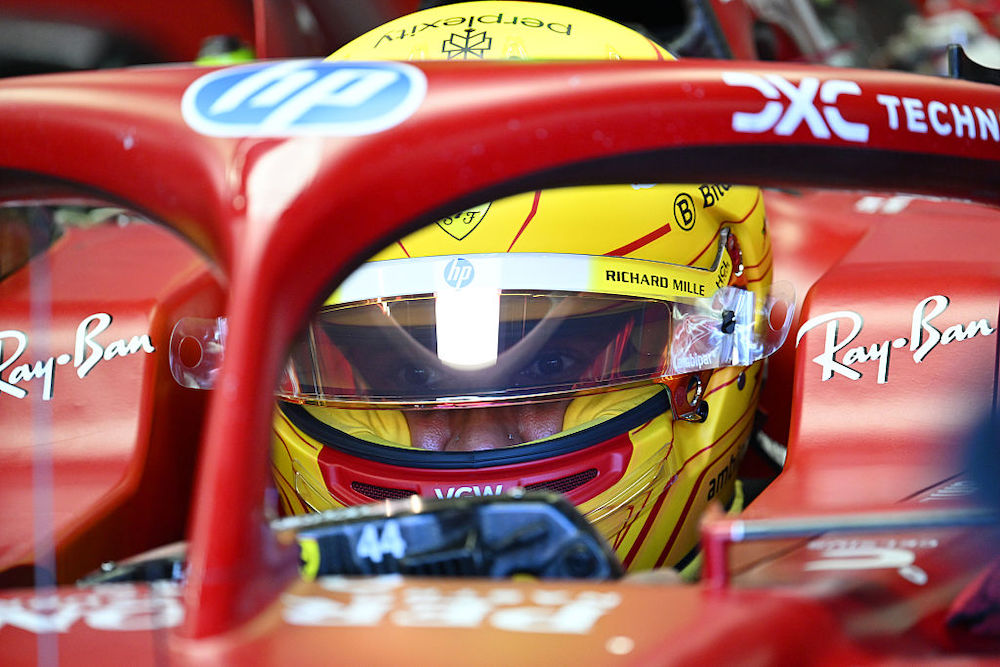
Not only is Hamilton battling to rewire himself after years of success with a style that no longer works, but he’s having to do it in a tricky car as well. Add to that the challenge of doing so while building up working relationships and learning about the various tools utilized by Ferrari, and it’s a complicated interaction of factors. The challenge of adapting cannot be underestimated as, for example, Hamilton has spoken of how Ferrari uses engine braking more as a dynamic tool to influence turn in than he has ever experienced before. Multiply that across all such tools, for example brake shapes and differential settings, all in a very different environment culturally and it makes for a difficult situation for Hamilton.
Also added to the mix is the fact Ferrari uses Brembo brake technology, while Hamilton favors the feel of the Carbon Industrie brakes, which has had an impact on confidence. And while he described talk about problems in relationship with race engineer Riccardo Adami as “BS,” it’s clear that the communication between driver and team hasn’t yet become second nature, which is to be expected.
This neither means that Ferrari is favoring Leclerc over Hamilton and he’s being set up to fail, nor that Hamilton has a set of excuses that can be leaned on forever. The great drivers adapt and, historically, Hamilton has been able to do that. This is the one area where age might possibly be a factor, as the concerns aren’t so much about skills dulling over time at this stage, but more about whether he’s too set in his ways. That’s something everyone can relate to, as if you have worked out a way of operating that works, then having the parameters changed around you dramatically, it can be difficult to adjust.
Yet for all that, Hamilton’s performances haven’t been dire. To listen to him talk after races, in particular after the recent Spanish Grand Prix, which he described as “the worst race I’ve experienced balance-wise,” you’d think he was seconds off the pace. He isn’t, he just sounds like it and that’s partly down to the fact that Hamilton needs time after a race or qualifying session to reflect and understand what’s happened. That’s no criticism, it’s just his way to process the data in that way and it’s why he’s eloquent and insightful when speaking several hours after the race – something that rarely happens these days. That gives a false impression of his level of determination and resolve.
The positive is that he has entirely accepted the need to adapt his driving. The difficulty is in doing so. As he said during the Saudi Arabia Grand Prix weekend, “It doesn't look massively different [to Leclerc] in the data, just I go slower through the corners.” However, while the gap to Leclerc is there in both qualifying and the race, it’s far from insurmountable and Hamilton still has time to work through that process. What he must avoid is just assuming that things will change for 2026 with the all-new cars, which is a mistake there’s no sign of him making currently.
Hamilton’s Ferrari gamble could still go either way and there is time for him to crack it. Only a fool would write off a driver of Hamilton’s caliber just because of the current trajectory. But it would also be a mistake to assume it’s a foregone conclusion he will be able to make the breakthrough he needs. The challenge he faces is a true test of whether he really has the determination needed to dig deep and turn things around even in what might be called his F1 "old age." That’s what makes Hamilton’s Ferrari journey so fascinating.
ShareThis is disabled until you accept Social Networking cookies.
Edd Straw
Edd Straw is a Formula 1 journalist and broadcaster, and regular contributor to RACER magazine. He started his career in motorsport journalism at Autosport in 2002, reporting on a wide range of international motorsport before covering grand prix racing from 2008, as well as putting in stints as editor and editor-in-chief before moving on at the end of 2019. A familiar face both in the F1 paddock, and watching the cars trackside, his analytical approach has become his trademark, having had the privilege of watching all of the great grand prix drivers and teams of the 21st century in action - as well has having a keen interest in the history of motorsport. He was also once a keen amateur racing driver whose achievements are better measured in enjoyment than silverware.
Read Edd Straw's articles
Latest News
Comments
Disqus is disabled until you accept Social Networking cookies.
